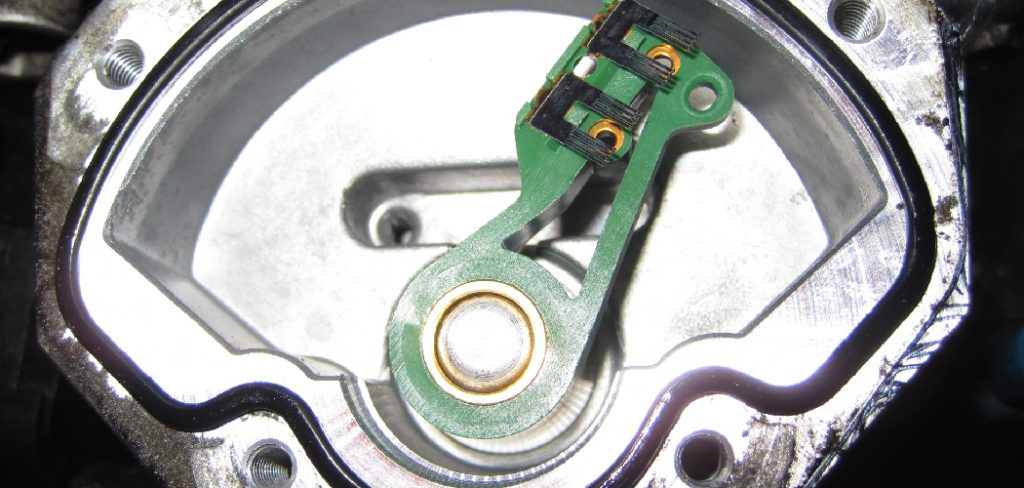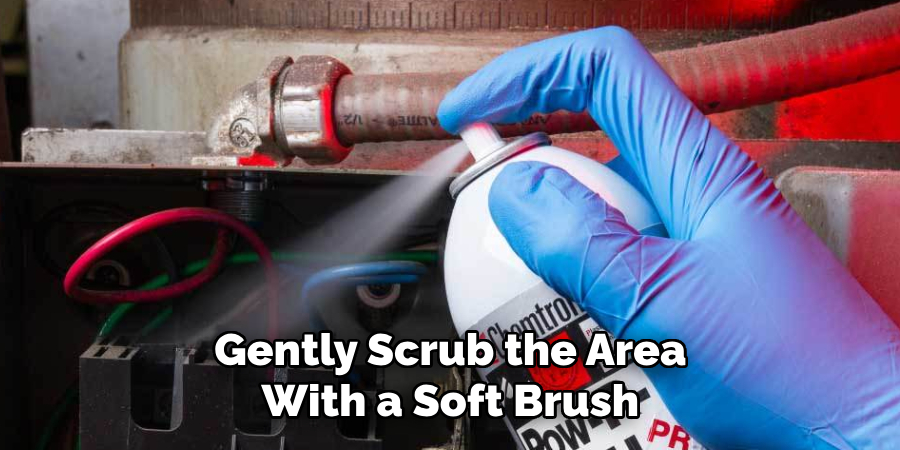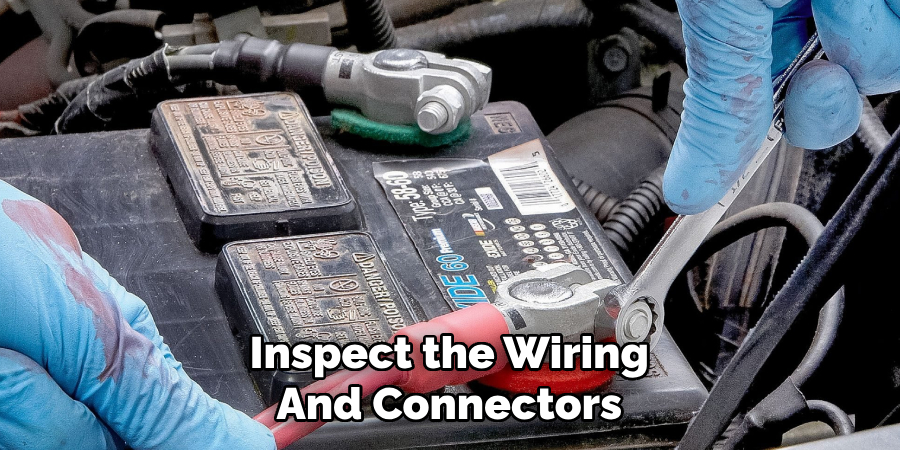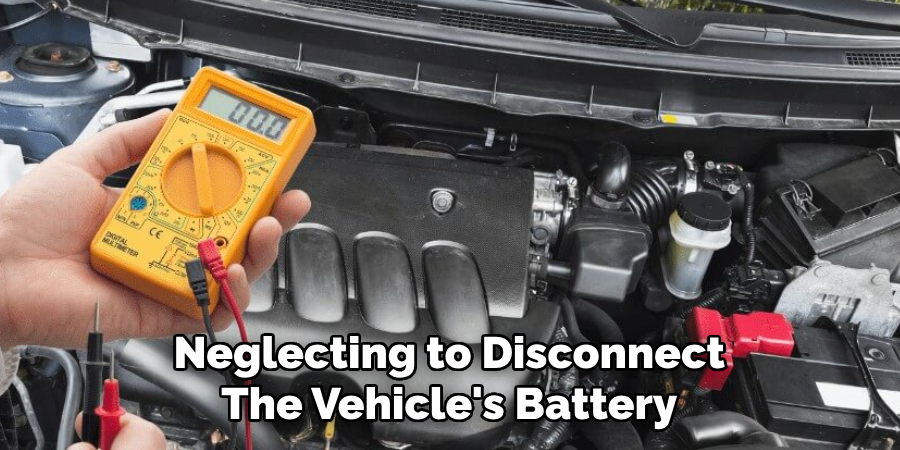A Throttle Position Sensor (TPS) is a crucial component in your vehicle’s engine management system, responsible for monitoring the position of the throttle valve and transmitting this data to the engine control unit (ECU).

Over time, dirt, debris, or carbon buildup can accumulate on the TPS, potentially leading to performance issues such as rough idling, poor acceleration, or increased fuel consumption.
Cleaning the TPS sensor is a straightforward maintenance task that can restore optimal vehicle performance and prevent further complications. This guide will walk you through the steps of how to clean tps sensor effectively.
What Is a TPS Sensor?
A Throttle Position Sensor (TPS) is an integral part of a vehicle’s throttle body assembly. Its primary function is to measure the position of the throttle valve and relay this information to the engine control unit (ECU). The ECU uses this data to calculate the correct air-fuel mixture and ensure optimal engine performance.
The TPS is typically a small electronic device located on the throttle body, often working in conjunction with other sensors such as the mass airflow sensor and oxygen sensors. Without a properly functioning TPS, the engine may struggle to deliver smooth performance, resulting in issues like hesitation, stalling, or erratic idling. Understanding and maintaining your TPS sensor is essential for keeping your vehicle running efficiently.
Common Problems Caused by a Dirty TPS Sensor
A dirty Throttle Position Sensor can lead to several noticeable issues that can affect your vehicle’s performance. One of the most common problems is rough idling, where the engine runs unevenly or stalls when the vehicle is stationary. You may also experience hesitation or jerking when accelerating, as the ECU receives incorrect data about the throttle position.
Poor fuel economy is another potential consequence, as incorrect readings can result in an improper air-fuel mixture, leading to wasted fuel. Additionally, the vehicle may have trouble starting or exhibit a lack of power during operation. Ignoring these symptoms can lead to further damage and expensive repairs, making it essential to address a dirty TPS sensor promptly.

10 Methods How to Clean Tps Sensor
1. Use a TPS Cleaner or Electronic Cleaner Spray
One of the most straightforward methods to clean a TPS sensor is by using a dedicated TPS cleaner or electronic contact cleaner. These cleaners are specifically designed for sensitive components like the TPS and will not damage the sensor.
First, remove the sensor from the throttle body carefully. After disassembling the sensor, spray the cleaner liberally onto the sensor’s contact areas, making sure to avoid any openings. Let it sit for a few minutes to allow the cleaner to break down the dirt and grime.
2. Clean with Isopropyl Alcohol
Isopropyl alcohol is another effective and safe solution to clean the TPS. It works as a solvent, dissolving oil and dirt without causing damage to the sensitive electronics of the sensor. Pour a small amount of isopropyl alcohol (preferably 90% or higher) onto a clean, lint-free cloth.
Gently rub the cloth over the contact points and moving parts of the TPS sensor, ensuring you do not use excessive force. Isopropyl alcohol evaporates quickly, so this method requires minimal drying time. Once clean, reinstall the TPS sensor.
3. Clean the Throttle Body
Since the TPS is mounted on the throttle body, cleaning the throttle body itself can often help with issues related to the sensor. Grit and grime that build up on the throttle body can interfere with the TPS’s performance. Using a throttle body cleaner, spray the cleaner onto the throttle body’s intake area and let it sit for a minute or two.
Gently scrub the area with a soft brush to remove any carbon deposits or buildup. Afterward, wipe the area clean with a cloth and reinstall the throttle body and TPS. This can indirectly improve the sensor’s function.

4. Use a Toothbrush for Gentle Scrubbing
For more stubborn dirt or buildup, a soft-bristled toothbrush can be a helpful tool. Once the TPS is removed, gently scrub the sensor’s contact points and the internal moving parts with the toothbrush dipped in cleaning solution (such as an electronic cleaner or isopropyl alcohol).
Be careful not to damage delicate components or use excessive pressure. The toothbrush helps dislodge any dirt trapped in hard-to-reach crevices, ensuring a more thorough clean without damaging the sensor.
5. Compressed Air Cleaning
Compressed air is an effective method for cleaning the TPS sensor’s hard-to-reach areas without risking damage from physical scrubbing. After removing the TPS from the throttle body, use a can of compressed air to blow out any dirt, dust, or grime from the sensor.
Hold the can upright and spray air in short bursts to avoid damaging the sensor. The force of the air should loosen and expel debris from the sensor, leaving it clean and functioning smoothly.
6. Inspect and Clean the Wiring
Sometimes, issues with the TPS are not related to the sensor itself, but to the wiring and connections. Corrosion or dirt buildup on the wiring can hinder the sensor’s communication with the ECU. Disconnect the battery before working on the wiring to prevent any electrical issues.
Inspect the wiring and connectors for signs of wear, corrosion, or dirt. If you find any buildup, use a contact cleaner to gently clean the wiring and connectors. Once the wiring is clean and dry, reconnect it and reinstall the TPS.

7. Check for Carbon Buildup
Carbon buildup around the TPS can impede its function and result in improper sensor readings. If you notice black marks or residue on the sensor or throttle body, this may be the result of carbon buildup. In this case, use a throttle body cleaner to spray the affected areas, allowing it to break down the carbon deposits.
After letting the cleaner sit for a few minutes, use a soft cloth or brush to gently wipe away the buildup. This cleaning method ensures that the sensor and throttle body are clear of any carbon, promoting smoother sensor operation.
8. Use a Contact Cleaner and Q-Tip
For very fine cleaning, a Q-tip can be used in conjunction with contact cleaner or isopropyl alcohol. Dampen the tip of the Q-tip with the cleaning solution, then gently rub it over the sensor’s surface, paying close attention to any sensitive areas where dirt and debris might accumulate.
The Q-tip allows for precise application of the cleaner and ensures you don’t oversaturate the sensor. This method is ideal for cleaning the electrical contacts and other small areas of the TPS, ensuring that no moisture or cleaner is left on the component.
9. Perform a Sensor Reset After Cleaning
After cleaning the TPS, it’s important to reset the sensor to ensure it communicates properly with the engine control unit (ECU). To do this, turn on the ignition without starting the engine, and let it sit for about 10 seconds. This will allow the ECU to register the newly cleaned sensor and recalibrate it.
Some vehicles may require additional steps to reset the TPS, such as performing a throttle relearn procedure using a diagnostic tool. Refer to your vehicle’s manual for specific reset instructions.
10. Replace the TPS if Cleaning Does Not Resolve the Issue
If cleaning the TPS doesn’t restore proper function, it may be necessary to replace the sensor. Over time, sensors can wear out, and cleaning may not fully resolve the issue if the sensor is faulty. Replacing the TPS is often a straightforward task that can be done at home with basic tools.
Make sure to purchase a high-quality replacement sensor that is compatible with your vehicle’s make and model. Before installation, clean the throttle body and surrounding components to ensure the new sensor works optimally.
Common Mistakes to Avoid
When working with a TPS sensor, there are several common mistakes that can lead to further problems or inefficient cleaning. Avoiding these errors is crucial to ensuring your sensor functions correctly and lasts longer:
- Using Excessive Force
Applying too much pressure when cleaning or scrubbing the sensor can damage its delicate components. Always use soft tools like a clean cloth, soft-bristled toothbrush, or Q-tip to avoid harm.
- Skipping the Inspection Step
Cleaning the sensor alone won’t solve the issue if there are underlying problems with wiring, connectors, or the throttle body itself. Failing to thoroughly inspect for dirt, corrosion, or wear can result in recurring problems.
- Using the Wrong Cleaning Products
Using unsuitable cleaning agents, such as harsh chemicals or liquids not designed for electronic components, can cause permanent damage to the TPS. Always use isopropyl alcohol, electronic cleaner, or throttle body cleaner as recommended.
- Not Disconnecting the Battery
Neglecting to disconnect the vehicle’s battery before removing or cleaning the sensor can lead to short circuits or other electrical issues. This is an essential safety step that should never be overlooked.

Conclusion
Cleaning the Throttle Position Sensor is an essential part of vehicle maintenance, as it ensures that the sensor performs optimally and helps avoid costly repairs down the road.
Using one or a combination of these methods, such as using specialized cleaning sprays, brushing the sensor with a toothbrush, or blowing compressed air, can restore functionality and smooth engine operation. Thanks for reading, and we hope this has given you some inspiration on how to clean tps sensor!
About
Safety Fic is a distinguished figure in the world of Diy design, with a decade of expertise creating innovative and sustainable Diy solutions. His professional focus lies in merging traditional craftsmanship with modern manufacturing techniques, fostering designs that are both practical and environmentally conscious. As the author of diy, Safety Fic delves into the art and science of Safety Fic-making, inspiring artisans and industry professionals alike.
Education RMIT University
(Melbourne, Australia) Associate Degree in Design (Safety Fic) Focus on sustainable design, industry-driven projects, and practical craftsmanship. Gained hands-on experience with traditional and digital manufacturing tools, such as CAD and CNC software.
Nottingham Trent University
(United Kingdom) Bachelor’s in diyfastly.com and Product Design (Honors) Specialized in product design with a focus on blending creativity with production techniques. Participated in industry projects, working with companies like John Lewis and Vitsoe to gain real-world insights.
Publications and Impact
In diy, Safety Fic his insights on indoor design processes, materials, and strategies for efficient production. His writing bridges the gap between artisan knowledge and modern industry needs, making it a must-read for both budding designers and seasoned professionals.
